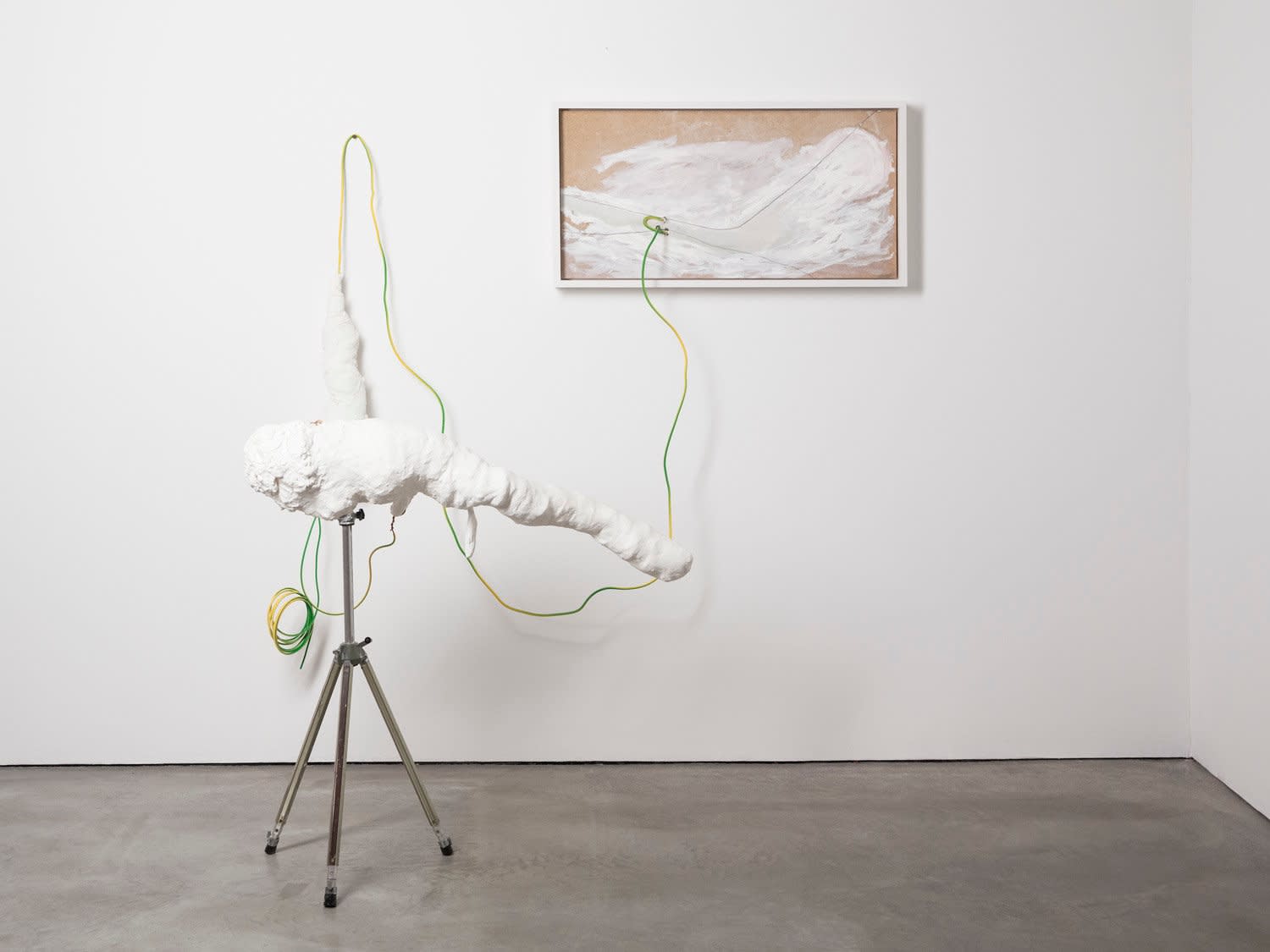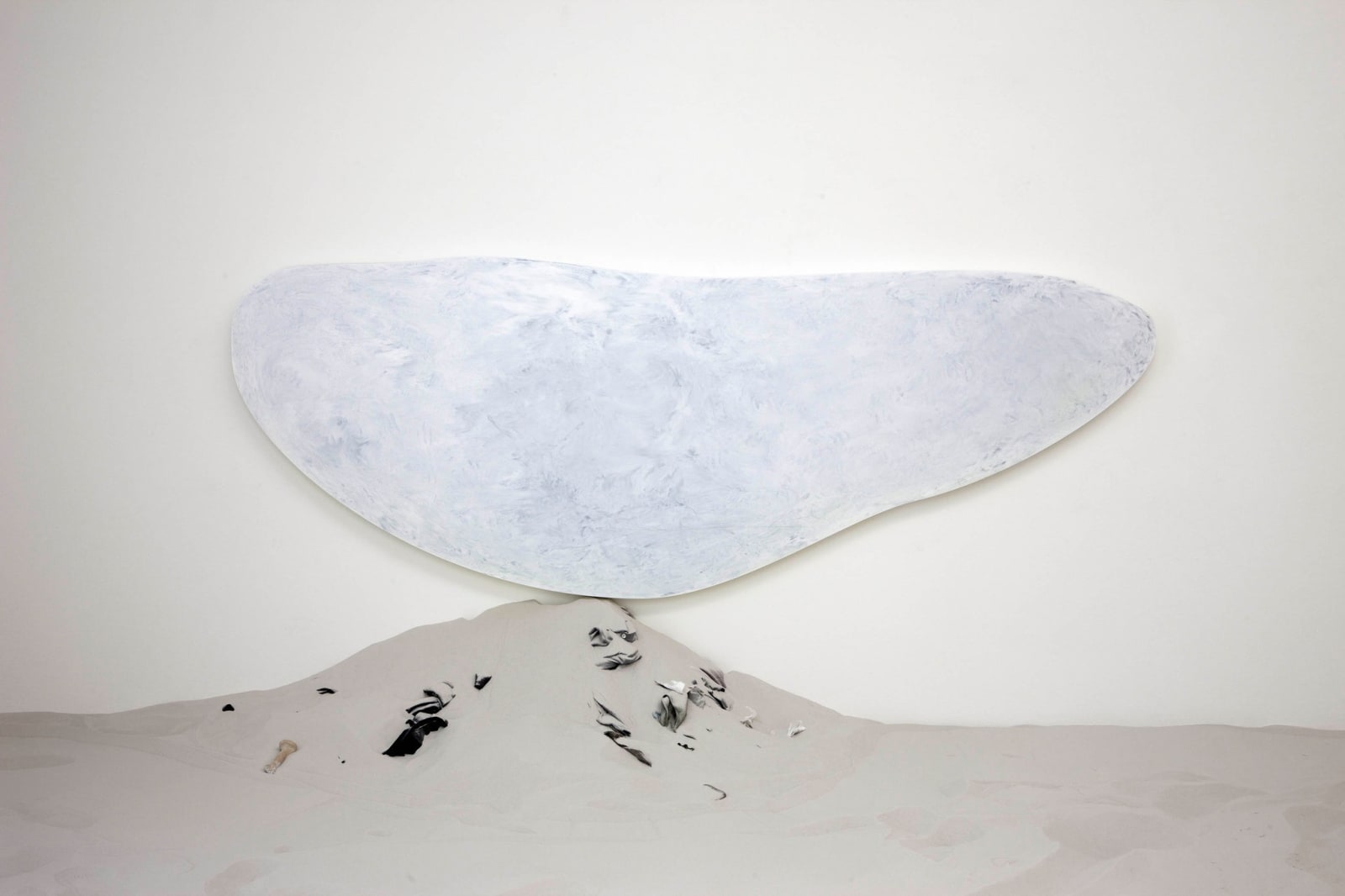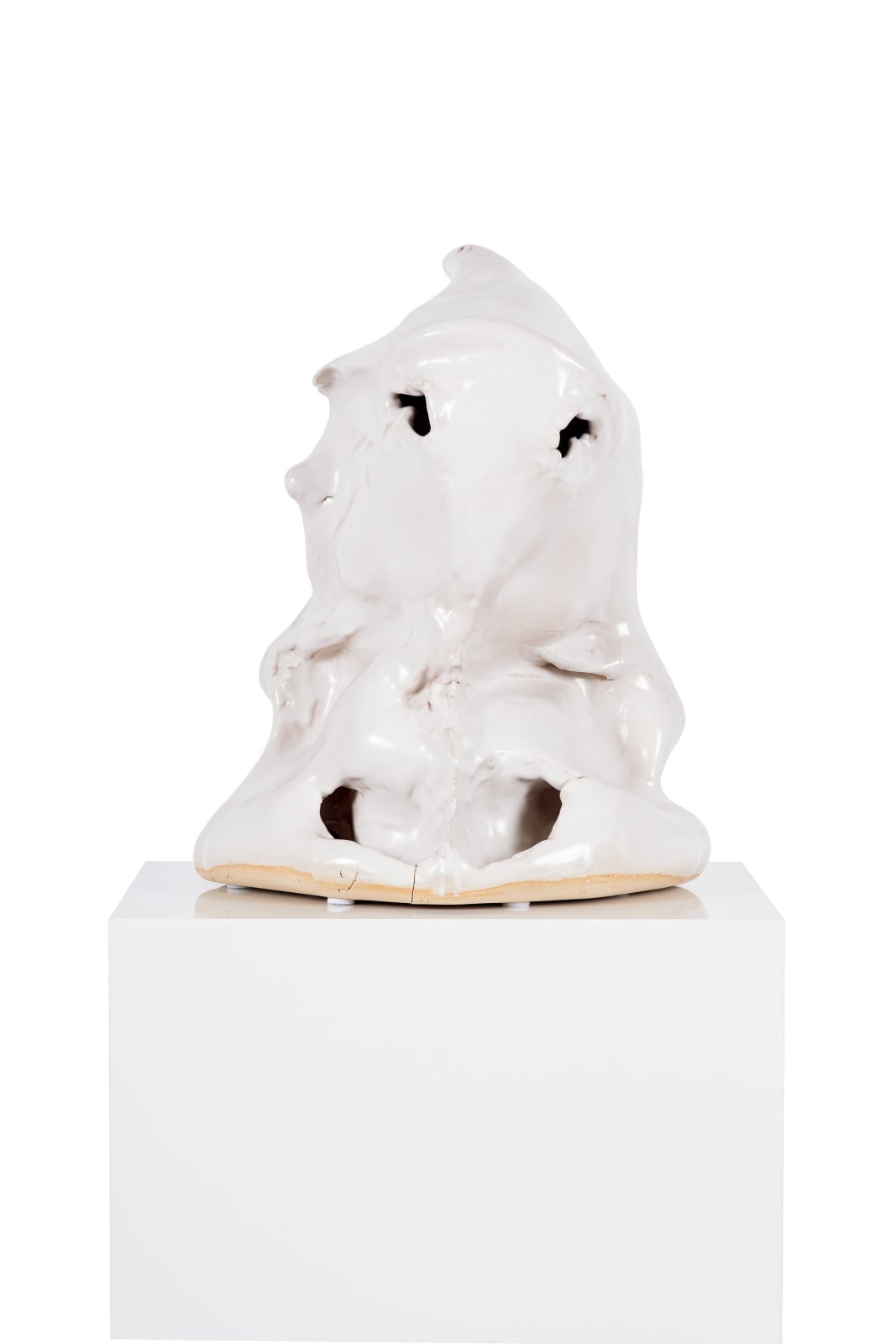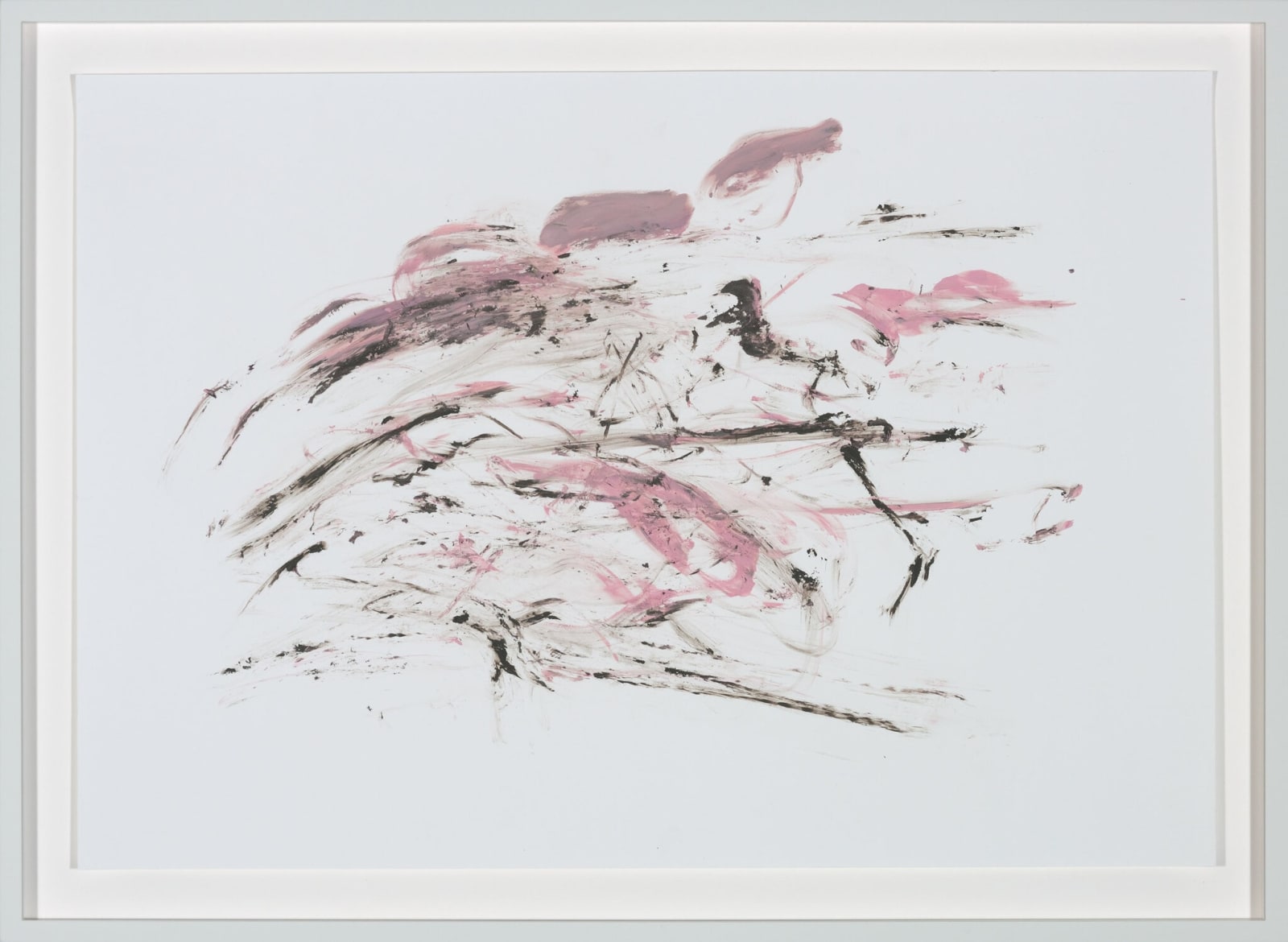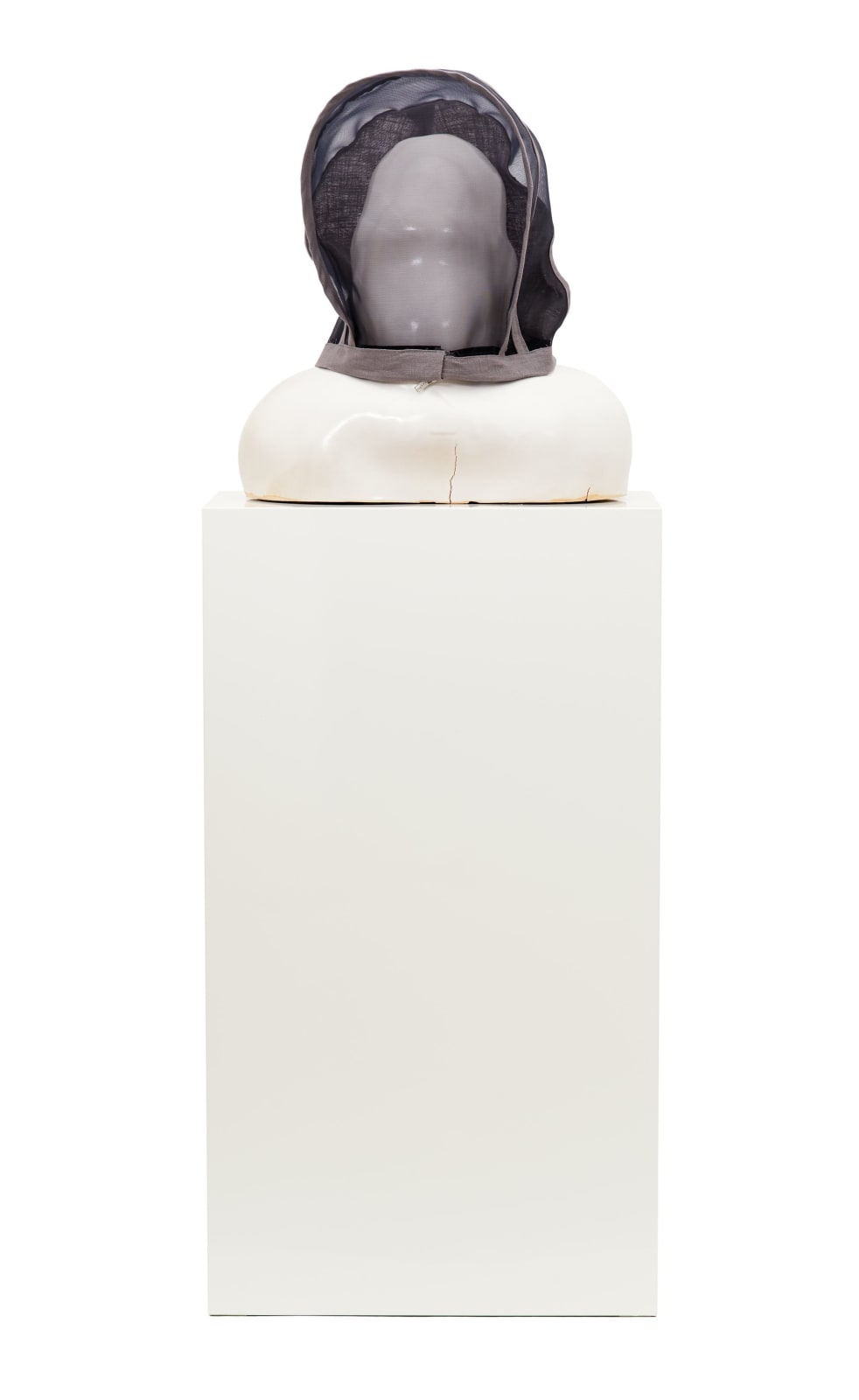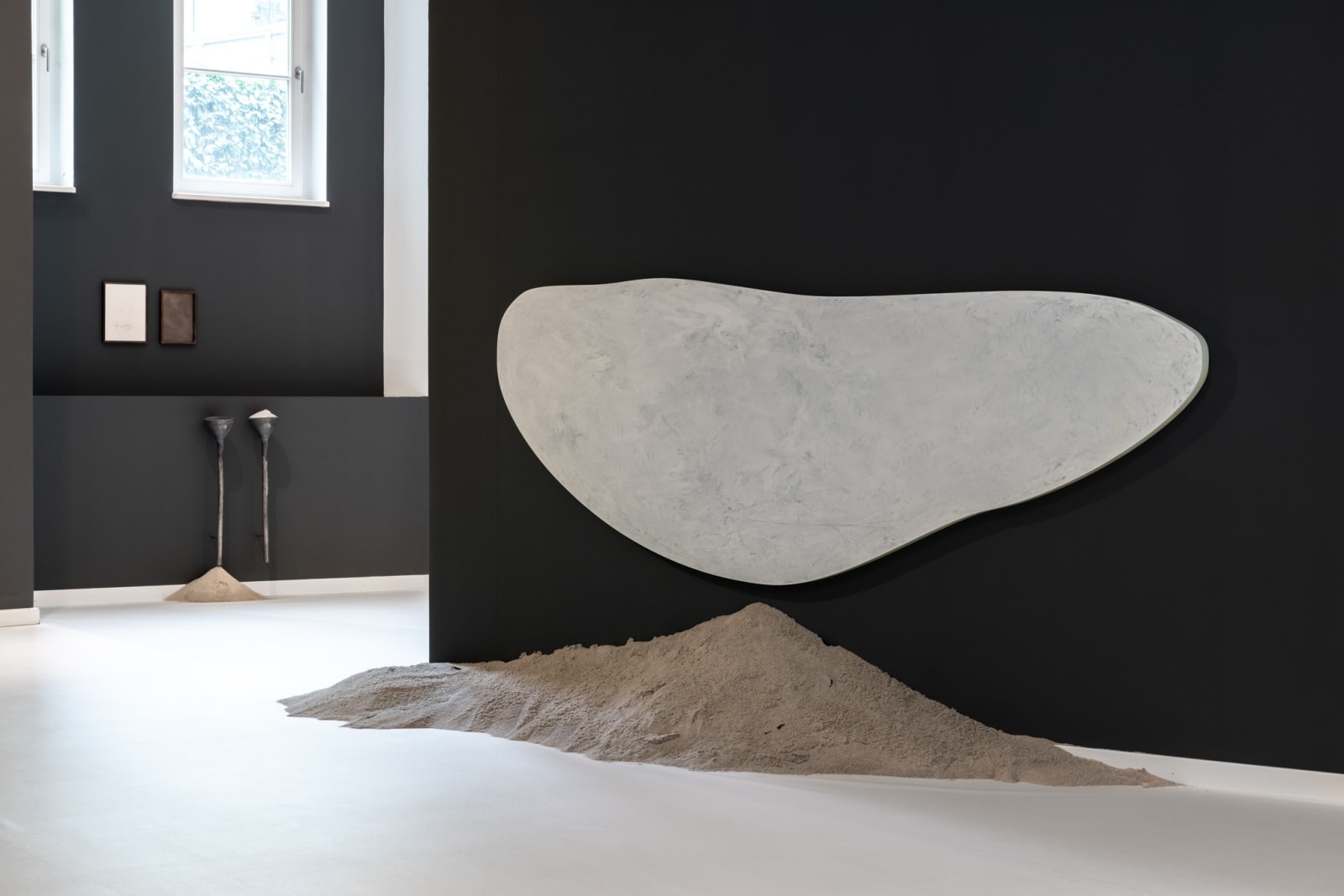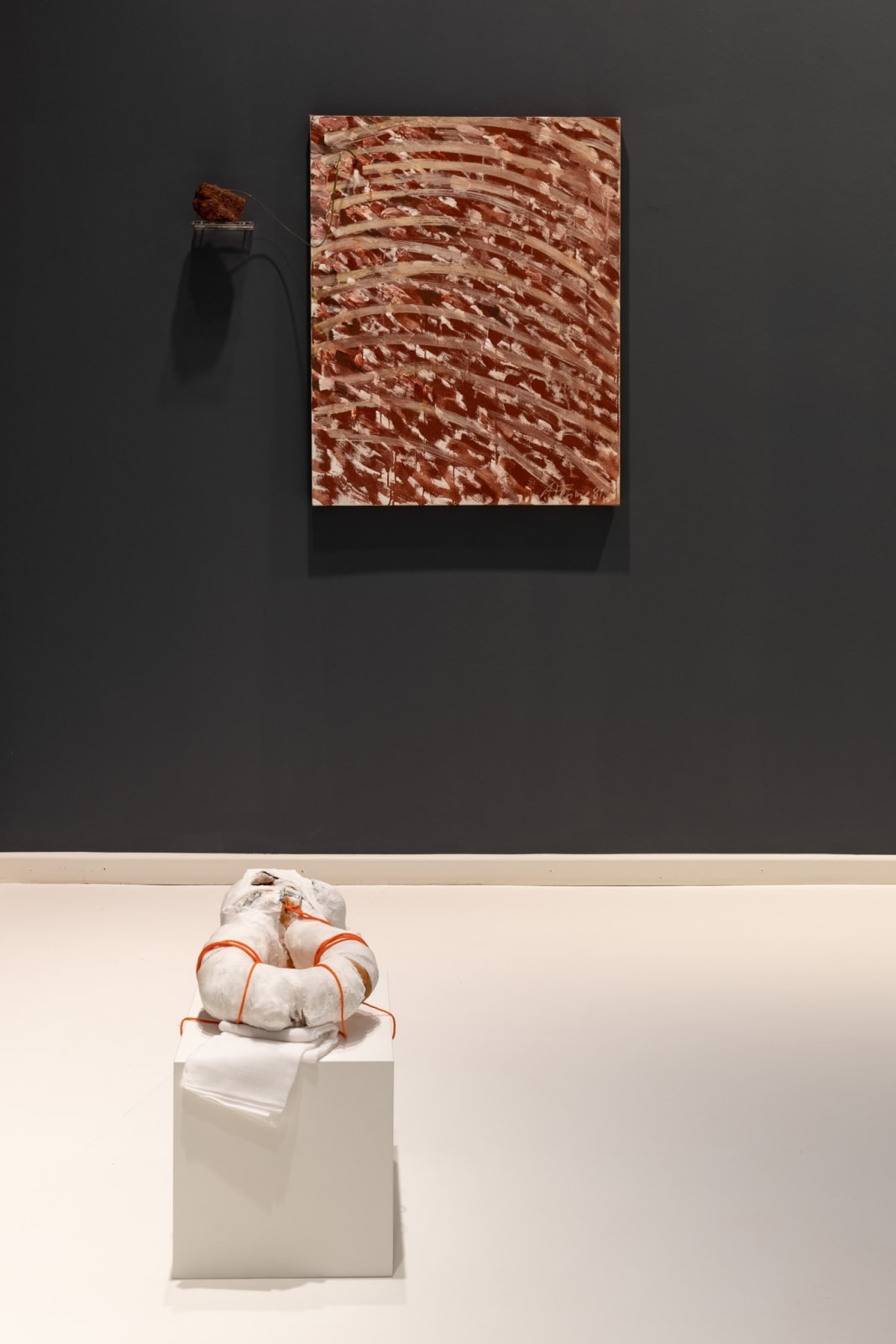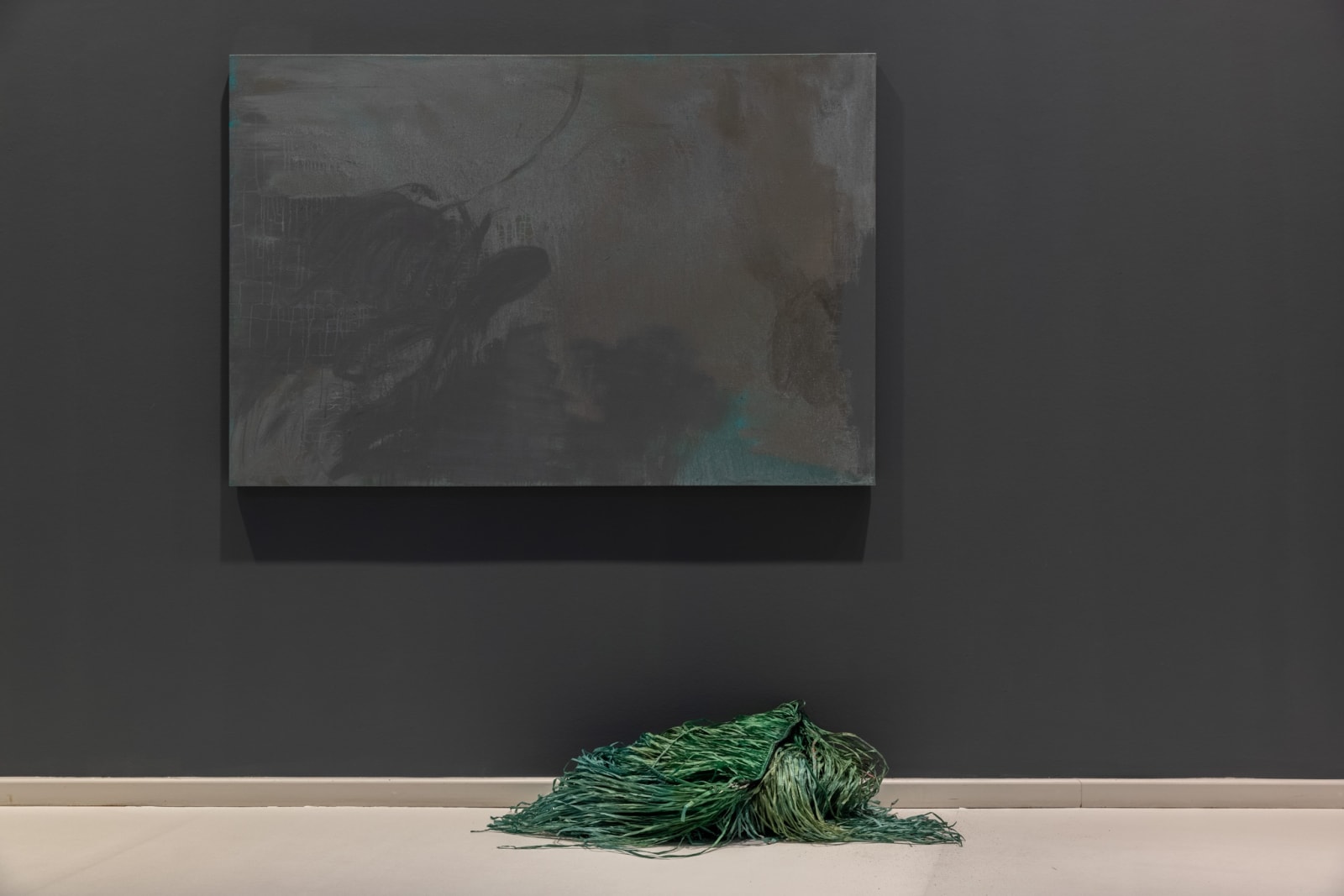"In Praise of Shadows - Navigating Between Thinking and Feeling"
Featuring works by Gerhard Hoehme & Michael Müller
Presented by Galerie Georg Nothelfer in cooperation with KUNSTSAELE Berlin
Exhibition period: 10 July to 21 August 2021
Options and Constellations
The Common and The Other in the works of Gerhard Hoehme and Michael Müller
by Vanessa Sondermann
When Michael Müller enrolled in Magdalena Jetelová's class at the Düsseldorf Art Academy in the summer of 1992, it had already been 8 years since Gerhard Hoehme left the Art Academy and 6 years since he died. The two artists therefore never got to know each other personally. As one of the pioneers of Art Informel painting, Hoehme, together with K.O. Götz, who brought Art Informel to the academy in the early 1960s, made the university one of the most important international art academies after the Second World War.
While looking through a catalog listing the 50 most important artists of the 20th century, Michael Müller by chance discovers a work by Gerhard Hoehme which, to his surprise, he does not know. Irritated and fascinated by Hoehme's painting, in which polyethylene tubing protrudes from the canvas as plastic elements of the image — typical for Hoehme — Müller begins to deal artistically and didactically with Hoehme's work. Hoehme can be understood as the spiritus rector for Müller's oeuvre, which in relation to it can be seen as afterglow and echo, as inspiration and quotation, as something that has been thought and felt, or else empathy and that which cannot be named in Hoehme's work.
Müller's fascination with Hoehme's work, even without the exhibition “In Praise of Shadows. Navigating Between Thinking and Feeling,“ would be clearly recognizable. A direct comparison of the works by Hoehme and Müller reveals a spiritual kinship. Comparisons of the two works are alluring and prompt one to focus one's gaze, to name the visible iconographically, and to interpret it in terms of art history. Since the early days of Art Informel, Galerie Nothelfer has been one of the galleries representing its artists - above all Gerhard Hoehme. Its collection includes wonderful examples of his art, which are also shown in the exhibition. In addition to the text and number images of the 1960s, which can be understood as a rebus of a mystical landscape or a labyrinth, the creative phase in which Hoehme integrated the polyethylene tubing as the most important characteristic in his works, in addition to wires, ropes and cords, has the closest iconographical connections to Michael Müller's art. In the development of his text and number images, Hoehme uses mythology, music, and literature (such as James Joyce, Ezra Pound or Paul Nizon) as a source of inspiration. From a stylistic point of view, Müller continues Hoehle's work in his own visual poetics through signs. In Müller's conceptual idea of developing his own typeface “K4” for Robert Musil's work “The Man Without Qualities”, analogies to Hoehle’s typefaces can be discovered.
Another analogy that can undoubtedly be found in Müller’s work in the exhibition is with Hoehme's “Mediators.” “Mediator Between Thing and Space” is the title of a work by Hoehmes in the exhibition which shows the outlines of a human head as an acrylic collage on damask with plexiglas, which is surrounded by vibrations made visible by painting as if in a ray-shaped nimbus. The drawings “Mediator - Accident” from 1979 and “What One Has in His Head” from 1977 address something similar: the artist's head as the center of his knowledge and intellect, his creativity and sensitivity and as a metaphor for the artist as a transmitter, also as a source of inspiration and meditation. Comparable works can also be found in Müller, such as "Heads" and "White Head," both from 2017, which are revealed and understood as mediators, mediums, and transmitters.
Yet another parallel with Hoehme is very impressively visible in Müller's work "Metaphysics." Here the image carrier is connected to an object and a brightly colored cord, reminiscent of the polyethylene tubing Hoehmes designed in all colors for his works on the extruder at BASF. For Hoehme "the tubing is the plastic form of Heraklitian thought." Something similar can be said about the cords in Müller's work.
Hoehle's idea of using the space surrounding art to find new perspectives for art is also used by Müller as curator of the exhibition in a similar manner. He too is experimenting with the exhibition space. The graph paper of the hygrograph for temperature and humidity also appears as a design element of the wall in the form of artistic wallpaper and expands the pictorial space of Hoehle's drawings. He would certainly have liked this object-space relationship, as a meditation on the values of the object and the surrounding space has always been part of his "Shaped Canvases." Thoughts, art, history and energy flow through the space - thus the exhibition becomes a navigation through time and space.
Learn more --
https://www.kunstsaele.de/exhibition

